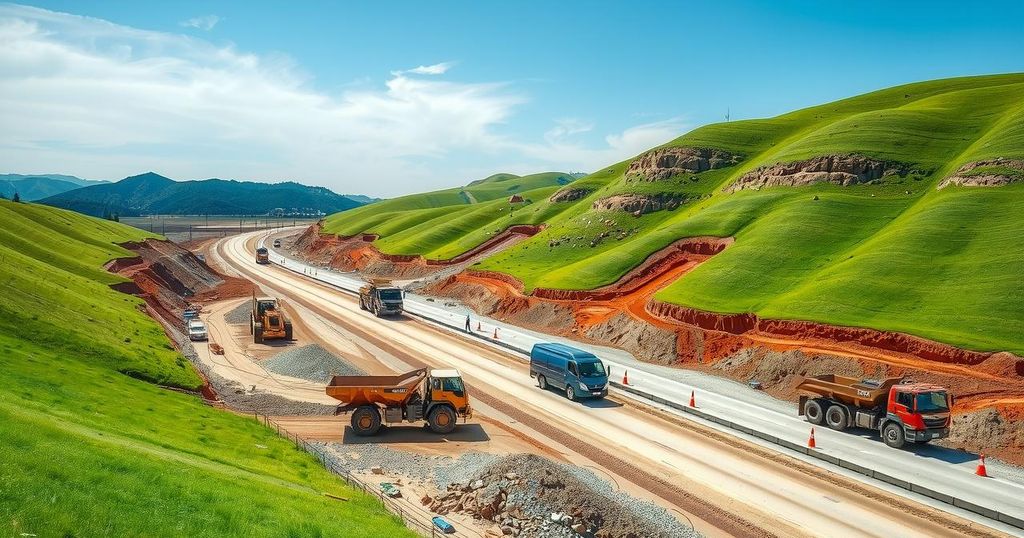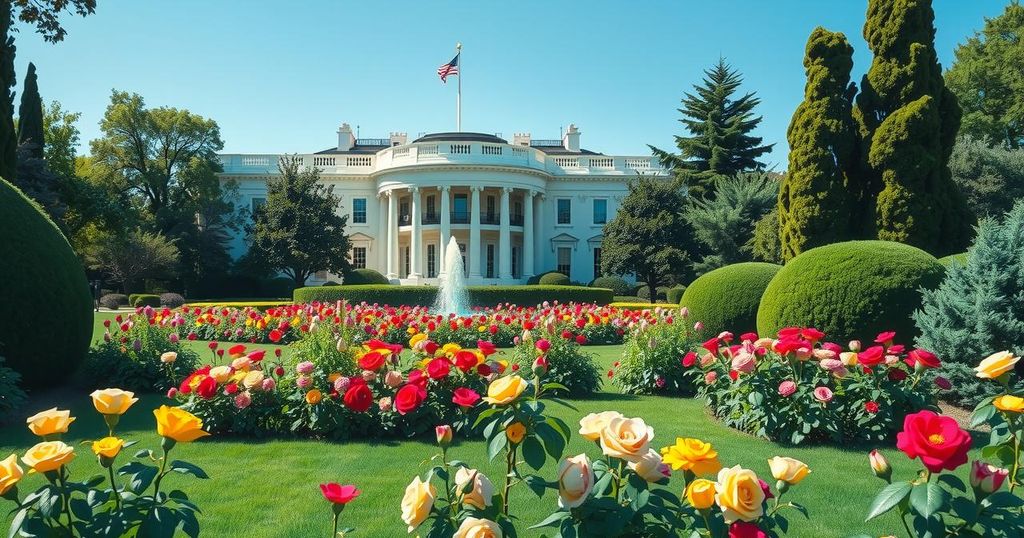The Cabinet of Kenya has approved the dualling of the Rironi-Mau Summit Road, with construction beginning in June 2025 and completion expected by June 2027. This project aims to enhance transport efficiency and alleviate severe traffic congestion. President Ruto also announced plans for a dual carriageway on the Nairobi-Nakuru-Malaba highway, emphasizing sustainable infrastructure development through Public-Private Partnerships.
The Cabinet of Kenya has granted approval for the dualling of the Rironi-Mau Summit Road, which spans 175 kilometers, with construction slated to commence in June 2025. This initiative aims to alleviate the travel burden on motorists heading to Western Kenya and is projected to conclude by June 2027. Following a Cabinet meeting led by President William Ruto, it was announced that the project will transform the existing single carriageway into a four-lane dual carriageway, thereby improving traffic flow considerably.
The government’s statement indicated that the project is a crucial component of Kenya’s larger infrastructure efforts aimed at bolstering connectivity and promoting economic growth. However, the Cabinet did not specify the financial model or the private firms involved in executing the project. Rironi-Mau Summit Road is anticipated to alleviate significant traffic congestion, particularly evident during weekends and national holidays, impacting transport efficiency between Nairobi and Western Kenya.
Additionally, President Ruto previously disclosed plans for a dual carriageway on the Nairobi-Nakuru-Malaba highway to address severe traffic issues, especially observed during peak travel seasons. During an event at AIC Kipkorgot in Uasin Gishu, Ruto acknowledged the ongoing infrastructural challenges and asserted the government’s dedication to implementing sustainable long-term solutions.
In light of the traffic problems along the Nairobi-Nakuru Highway, the National Police Service had to deploy additional resources for traffic management, highlighting the urgency for improved infrastructure. Economic Advisor Moses Kuria stressed the necessity of employing a Public-Private Partnership (PPP) model for the highway expansion, warning against the reliance on public funds alone as a sustainable solution for future developments.
In conclusion, the government’s approval of the Rironi-Mau Summit Road dualling project reflects a commitment to enhancing Kenya’s transport infrastructure, aimed at easing congestion and fostering economic growth. With construction set to begin in June 2025 and an expected completion date of June 2027, this initiative represents a critical step towards sustainable development in the region. The emphasis on Public-Private Partnerships may provide a viable path for infrastructure financing, ensuring the effective implementation of future projects.
Original Source: www.the-star.co.ke




